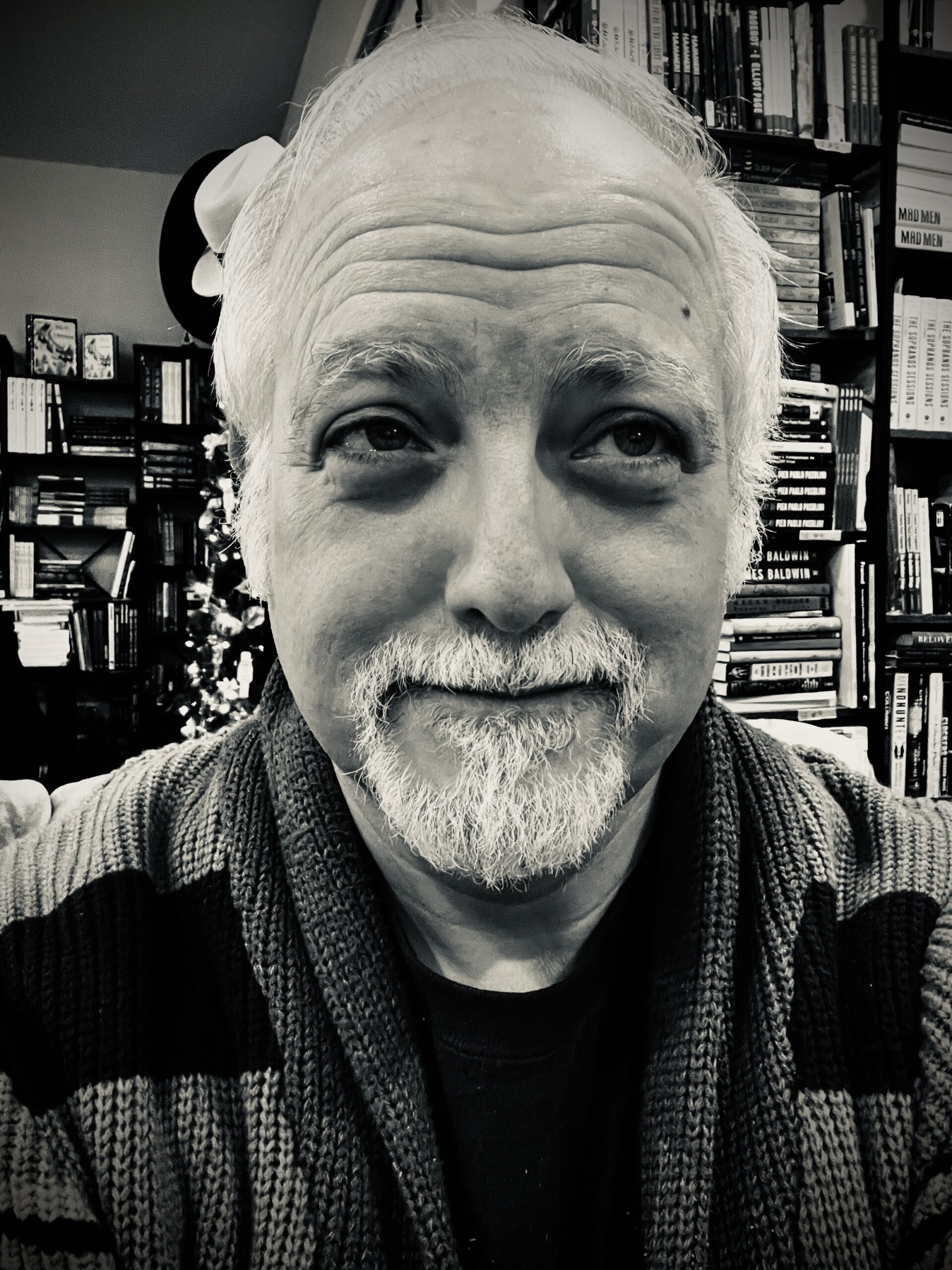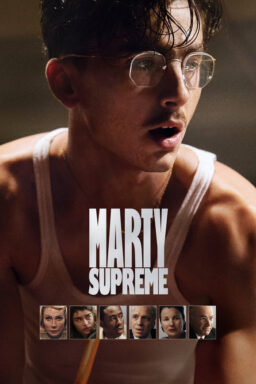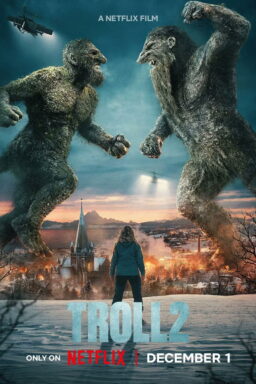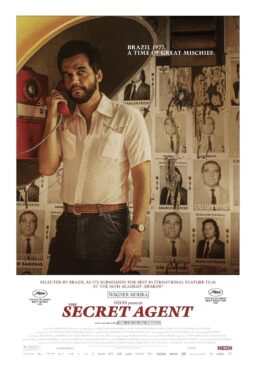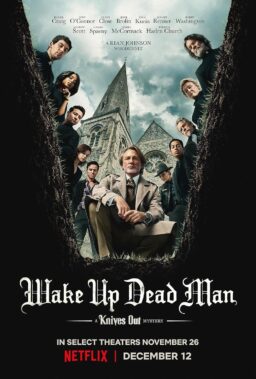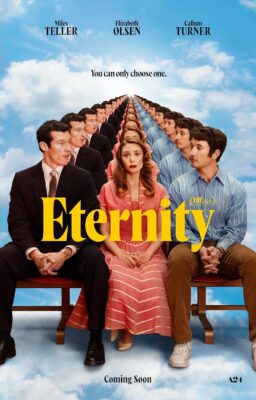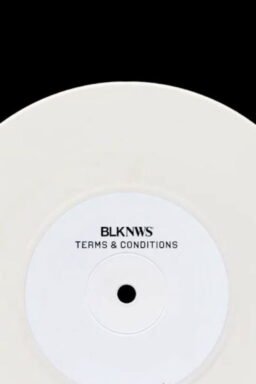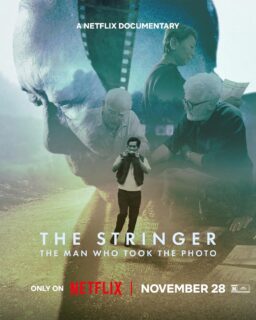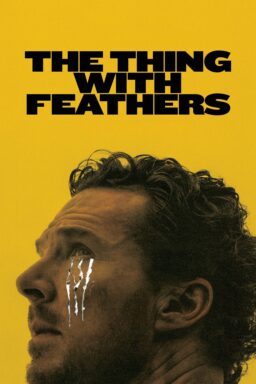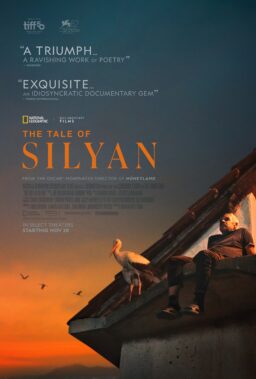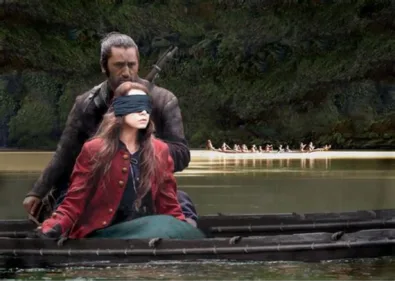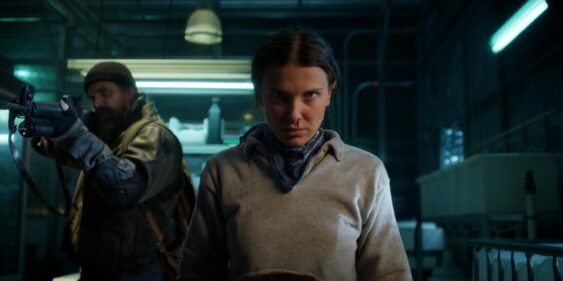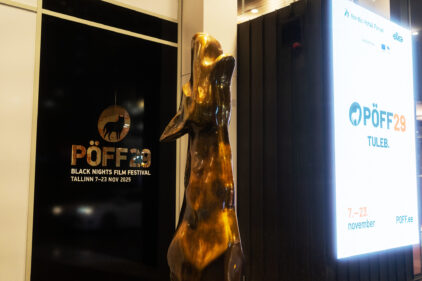When Devo, the subject of Chris Smith’s new documentary, burst onto the scene almost 50 years ago, they were not just a band, but a conversation piece. To anyone who didn’t follow then-recent music, they were those guys with the red flowerpots on their heads who shimmied and bounced like oversized wind-up toys and only had one song, “Whip It.” But if you fancied yourself any kind of music connoisseur, you knew they had more songs than that one—and that they were too complex to be dismissed, even by those who didn’t like their sound.
Devo’s uniqueness proved to be both a curse and a blessing. As Smith lays out for us, in a relentless 90-minute montage assembled by his editor Joey Scoma, Devo had more going on conceptually than most listeners could process. They were the most defiantly artsy band to come along since The Velvet Underground—a key inspiration on their look and sound, along with VU’s patron and hype man, Andy Warhol, whose aesthetic bridged painting, printmaking, cinema, fashion, and music. Devo combined electronica, new wave, punk, performance art, multimedia experimentation, filmmaking, and politics. They were semiotic terrorists with revolutionary rhetoric, a killer backbeat, and hooks that stuck in your brain. They hated how the auteurist weirdness of ‘60s popular music had been replaced by what they derided as “corporate rock,” which filled stadiums but had little to say.
Gerald “Gerry” Casale, one of Devo’s two founding members, stated that Devo was formed to critique the bland oppressiveness of postwar life and inspire audiences to think critically. He and his principal collaborator, Mark Mothersbaugh (now a movie soundtrack composer), were budding cartoonists who met at Kent State in the late 1960s after admiring each other’s Dada-inspired flyers and stickers from afar. They were left-wing and anti-war, like so many students at that time. Their art explored ideas of devolution that had been developed from books, advertising, journalism, movies, music, and their conversations. Their origin story of humanity was borrowed from the pseudo-science text The Beginning Was the End, which said that homo sapiens evolved from apes whose consumption of ape brains ruined their latent psychic ability and drove them mad. Then the boys mixed in bits of “The Island of Dr. Moreau,” zombie movies, European art produced in the aftermath of World War I, and industrial-age fantasies like “Metropolis,” which suggested that the regimented rhythms of the assembly line seeped out of factories and made people into machines. Devo was not just musicians playing songs, but multimedia artists presenting an alternative view of history, the present, and the ideal future.
Mothersbaugh and Casale did not become fully radicalized until then-President Richard Nixon widened the scope of the Vietnam War by bombing Cambodia without approval from Congress. That provoked an outraged response from students nationwide, including Kent State, where tensions escalated from scattershot street actions to a burned-up ROTC building to locally imposed martial law and then to the May 4 massacre, in which National Guardsmen shot four college students to death and wounded another nine. Two of the dead were students whom Casale knew personally.
The killings, Mothersbaugh says, “changed our whole outlook on the world, really,” mainly because so many of their countrymen who’d asked to give their opinion on the tragedy to pollsters and journalists replied that, in so many words, they were tired of all the protesting and felt like the students had it coming. This was the grim endpoint of trends that Casale and Mothersbaugh had been noticing in recent news stories, which made it increasingly obvious that rebellion, whether violent or pacifist, was no longer an effective way of countering reactionary values. By the summer of 1968, any young person who dared to hold up a placard was likely to get teargassed, beaten, arrested, or worse.
“We assumed a world that was the antithesis of the idealized, promised future that was ginned up in the ‘50s and ‘60s,” Casale says. “Man was [supposedly] continuing to progress and evolve and get smarter, and we saw none of that. What we saw was people who were unable to think critically or think abstractly, especially in America.” Mass culture was King Midas in reverse, corrupting the art it touched. Mothersbaugh says he drew dark inspiration from a 1974 TV commercial for Burger King that set its new “Have it Your Way” jingle to the melody of Pachelbel’s Canon in D. “They took one of the most beautiful pieces of music ever written, and turned it into an ad to sell hamburgers,” Mothersbaugh says. The silver lining was his realization that he and Casale could achieve the reverse effect of that ad by smuggling provocative ideas into music so catchy that you’d hear it in your head for the rest of your life.
Smith, a brilliant yet still mostly unsung filmmaker of thirty years’ experience, is the right person to tell this story. He has directed numerous scripted and unscripted features about eccentric individuals trying to resist, undercut, or at least game oppressive systems, including “American Job,” “American Movie,” “Jim and Andy,” and “Fire”. He’s been given access to a trove of personal material amassed by the band, whose core lineup included Alan Meyers, Mark’s brother Bob, and Casale’s brother, who was also named Bob. (The Bobs would introduce themselves to interviewers as Bob 1 and Bob 2.)
Only people who committed to the identity of “the artist” from an early age would have documented their formative years so thoroughly. There’s even black-and-white video of Kent State students walking out of a sonic experiment by Casale and Mothersbaugh, and of Devo in an early performance at The Crypt, an Akron club that advertised them as a punk band. Regulars who disagreed with the description cursed them out. The audience wasn’t totally wrong, though. Mothersbaugh admits that after they saw The Ramones, they realized “Hey, wait a minute—[our] songs are better when we play them fast.”
Smith and Scoma piece together the archive and the testimonials with Devo’s pioneering work in the music video format, along with footage from TV shows, movies, ads, educational films, cartoons, and more, to create a feature-length montage that alternately evokes Eisenstein, Looney Tunes, “The Atomic Cafe,” “Natural Born Killers” and Todd Haynes’ recent “The Velvet Underground.” The result captures the totality of what Casale and Mothersbaugh tell us they wanted to say, in ways that records, live performances, and even music videos can’t do in isolation. This is a fun movie if you love the band, and maybe even if you’ve never heard of them before. The interviews are thought-provoking, funny, and moving; the filmmaking is superb, and the music kicks ass.
Like many recent nonfiction features about legendary musicians, “Devo” is essentially a glorified advertisement for a classic song catalog owned and licensed by corporations. Warner Music, which signed Devo and distributed most of their albums, was a major funding source. So was BMG, an international music rights management company headquartered in Berlin. It’s fun to think that Devo, Smith, and the film crew, like the band in its heyday, have transformed an innately commercial enterprise into a black box theater for anti-capitalist, anti-conformist, even anti-fascist narratives—the opposite of what Burger King did to Pachelbel’s Canon. Is that too generous a reading? Quite possibly.
But things are so grim right now that even wishful thinking feels radical. Clips of the band performing “Satisfaction,” “Working in a Coal Mine,” “Uncontrollable Urge,” “Gates of Steel,” and “Beautiful World” hit with hand-grenade force. Devo’s songs now feel like prophecies set to music. That’s cold comfort to the founders, who called it like they saw it but hoped they were wrong.


